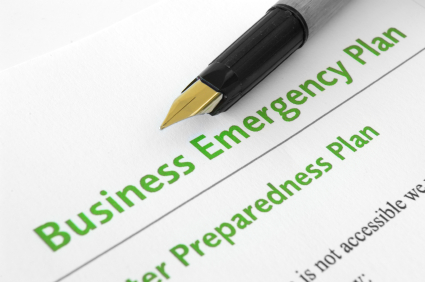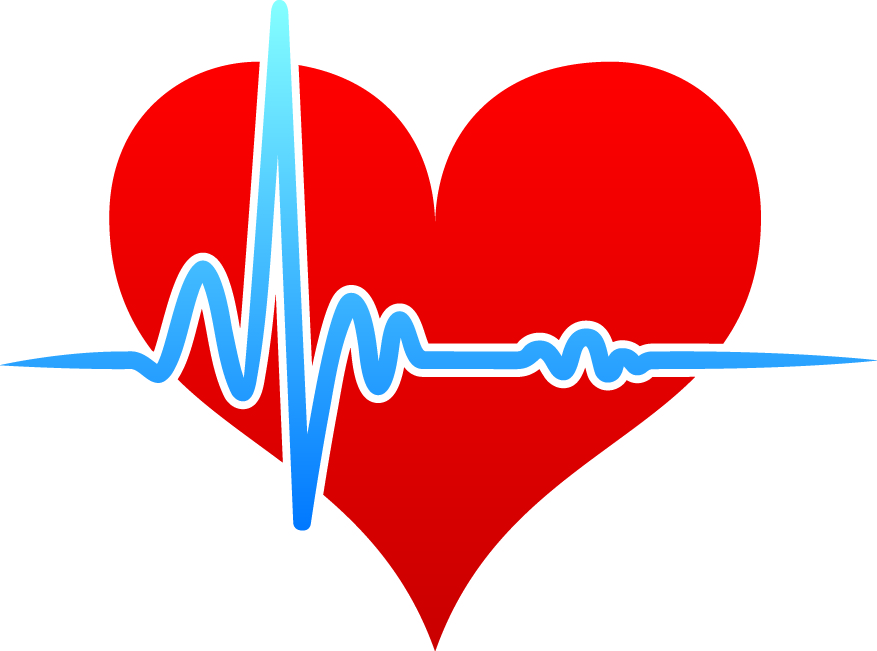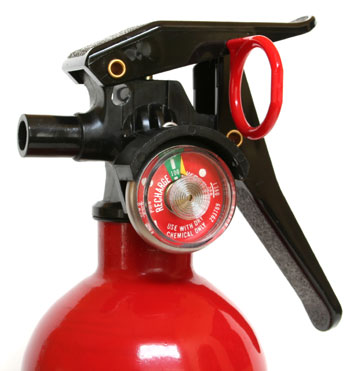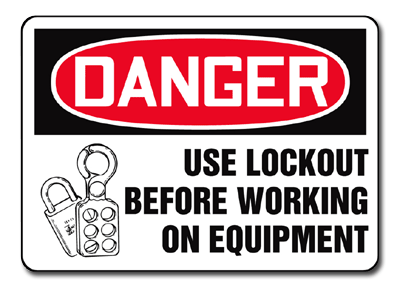S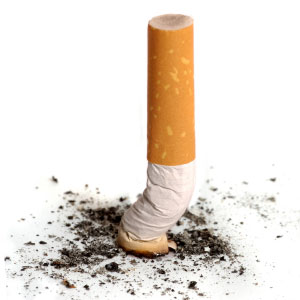 mokers Are Nearly 40% More Likely Than Nonsmokers to Die After Surgery
mokers Are Nearly 40% More Likely Than Nonsmokers to Die After Surgery
Smokers who undergo surgery are more likely than nonsmokers to have complications or to die shortly after surgical procedures, according to a study. The risk of death within 30 days of a wide variety of surgeries was nearly 40% higher in smokers than in nonsmokers, says Alparslan Turan, MD, associate professor of anesthesiology at the Cleveland Clinic. There was also an increase in cardiovascular complications,” Turan says. In his study comparing more than 82,000 smokers with nonsmoking patients, the smokers were:
- 57% more likely to have cardiac arrest
- 80% more likely to have a heart attack
- 73% more likely to have a stroke
The risk of pneumonia was double [for smokers],” Turan says.The patients had a range of common surgeries, such as colon procedures, breast surgeries, appendix removal, and hysterectomy. Smokers were also more likely to contract infections and to be put on mechanical ventilation after surgery because of complications.

